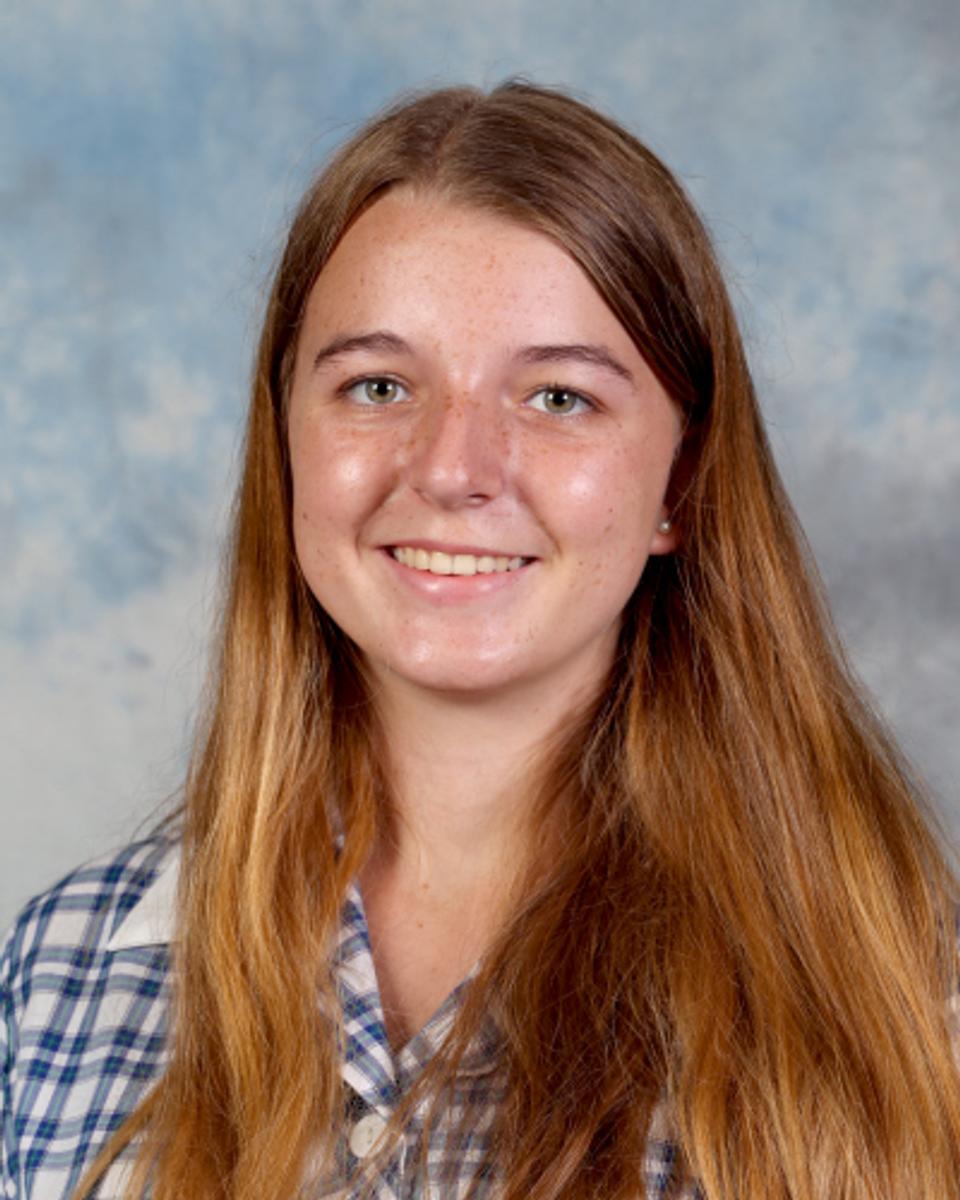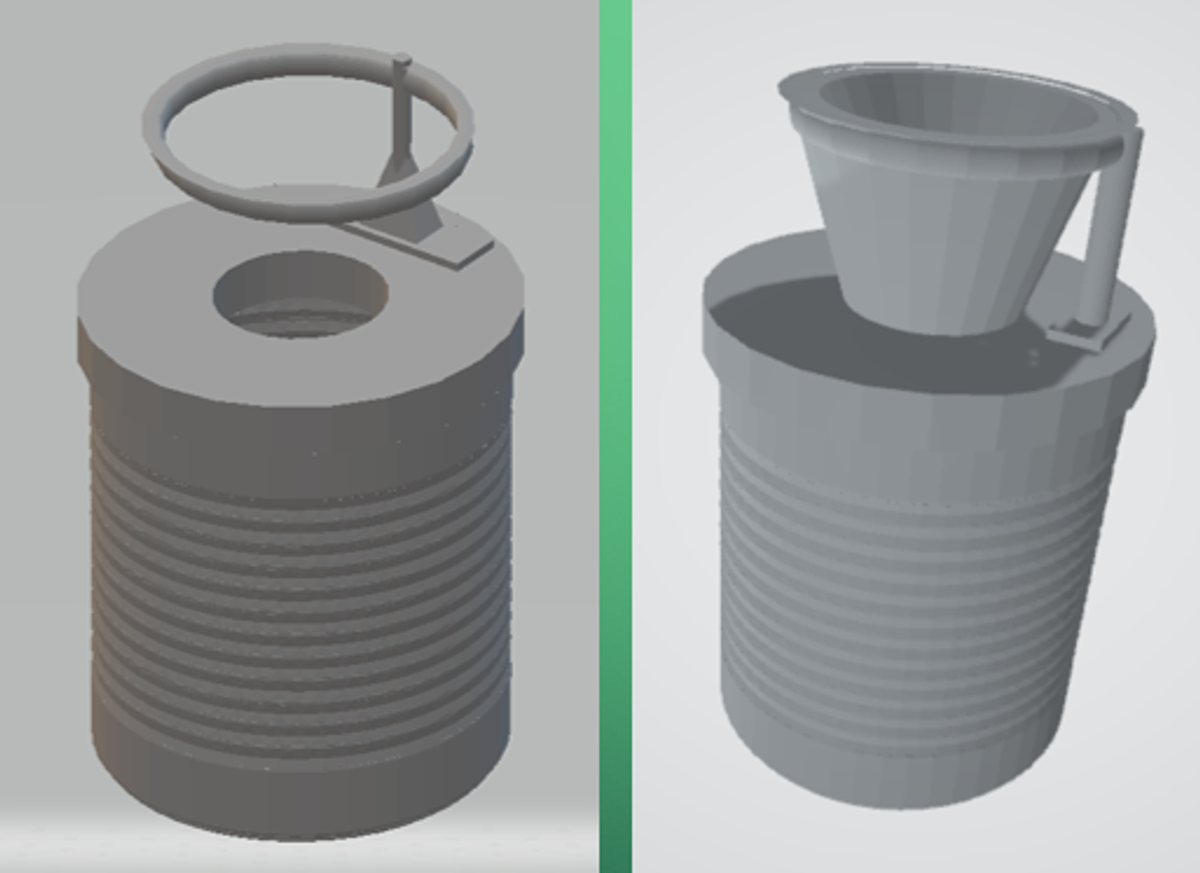Sustainability initiatives

Angela Olah
Sustainability Coordinator
Curriculum Leader
Earlier in the year, students from 9S participated in an Environmental Science Unit in which they explored interconnections of Earth’s different systems, impacts of natural vs anthropogenic climate change, interactions within ecosystems and the importance of biodiversity.
Armed with this knowledge, the class set out to investigate an environmental issue that was impacting their local community. The students were able to select any issue that they felt was important to them – and their passion and environmental leadership soon became evident in their projects!
Once they had refined their inquiry questions, students developed their own research methods to collect and analyse primary data, evaluating the impact of their issue first-hand. Using the results of their research, they were then tasked to develop an initiative to address the issue and impart a positive change to counter it. Students employed problem solving skills, scientific and critical thinking whilst using the design cycle to consider the needs of different stakeholders in order to create prototypes of their solutions to the issue. The creativity and critical thinking of the students was astounding, with clear evidence of desires to make a positive impact on their local environment outlined in the findings of the teams (as listed below).
The class had originally planned to implement these initiatives and reflect on their success, however the impact of COVID lockdowns meant that we were not able to implement this aspect of the project. However, now that we are back on campus, many students are still passionate about this issue and will be implementing their initiatives throughout the remainder of the year.
Please read about Stephanie, Zachary, Farai and Oliver’s plans to help reduce the carbon footprint of the school in more detail in the separate article in this issue.
Overall, I am thoroughly impressed with the high-level of thinking, planning and collaboration demonstrated by the students through the design of their environmental improvement initiatives. It was fantastic to see the students bring their classroom learning to life and develop meaningful solutions which can have a positive impact for the wider community.
Theo, Alice D, Ethan M
After conducting a biodiversity audit of the school, the students identified a lack of native floral biodiversity. The students developed an initiative to plan native Australian vines along the cyclone fencing of the school. This would not only improve the biodiversity of the school, but would encourage more native species to the area, whilst simultaneously assisting with carbon offsets.
Brian G, Zachary K and Cian McD
After conducting field work on the school grounds, observing the behaviours of birds at BSC, these students identified an issue of low bird biodiversity. To combat this, the students suggested the creation of species-specific bird boxes, placed in strategic areas across the school. This would not only encourage more birds, but also allow the school to act as a wildlife corridor, linking the natural green surrounding areas to the school.
Matilda L and Andrea B
After conducting an audit of the distribution and types of rubbish found on the school ground, these students found that waste was not only an issue on campus but was also impacting local ecosystems. To reduce the amount of litter around the school they devised a new and fun way of turning waste management into a game, designing different basketball hoops that can be attached to the tops of bins to turn throwing away rubbish into a game between friends (see picture attached).
Hamish T and Aiden L
After conducting a biodiversity audit and surveying students regarding their thoughts about the uses of outdoor spaces at the school, theses students identified the issue of a lack of biodiversity that students could engage with positive. To combat this, the students designed a productive garden which could be easily moved around the school, considering both the needs of versatile uses of space, promoting gardening and assisting to offset carbon emission.
Layla C, Olive K and Stella S
After assessing the number of introduced vs native species of plants at the school, the students identified the issues of a lack of native biodiversity and accessibility to wildlife corridors at the school. To overcome this, the students had planned to develop a thriving native plant garden, including species endemic to the areas to attract local species and promote healthy interactions in the ecosystem.
Abbi , Chloe A, Rainey B
After collecting data on the types of bins at the school, in conjunction with student behaviours around organic food waste management, these students identified the issue of incorrect disposal of food having a significant contribution to greenhouse gas emissions. They developed an initiative which would increase the number of strategically placed bins around the school, as well as setting up clear education around how to effectively dispose of green waste, outlining the impacts of this on the community.


















